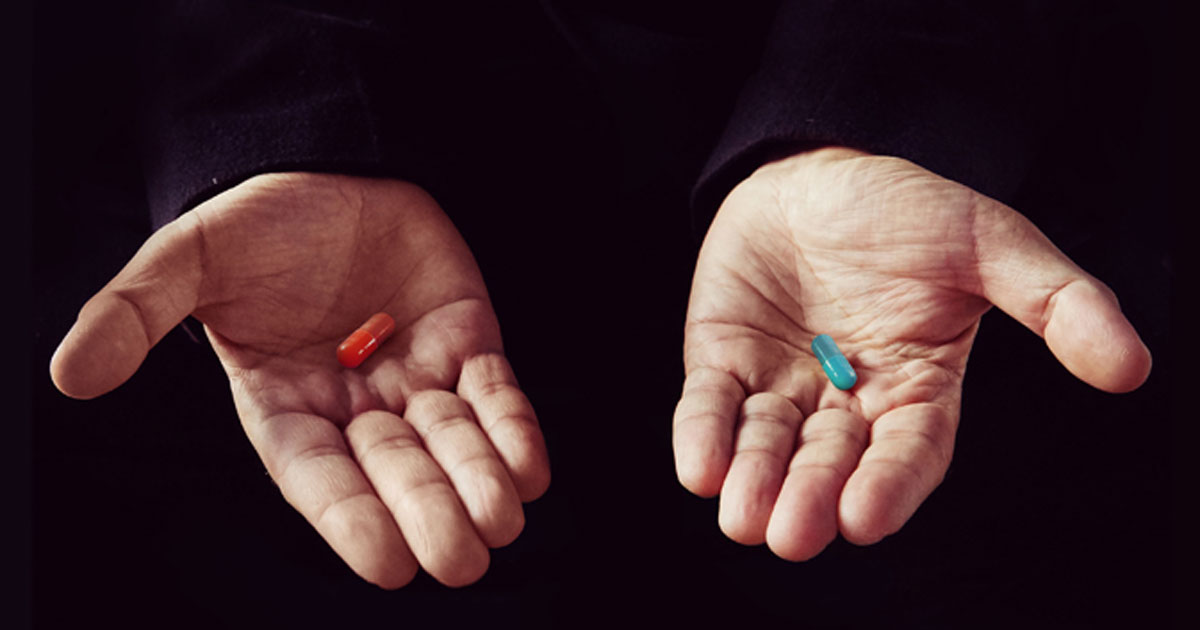Despite differences, JAK inhibitor safety similar across options

SCOTTSDALE, Ariz. — Despite various options, there is a similar safety profile across JAK inhibitors, according to an expert at the Annual Basic and Clinical Immunology for the Busy Clinician symposium.
“Interestingly enough, JAK inhibitors have very similar safety and clinical profiles, which says something more about the fact that the selectivity is a bit of an argument, because they do appear to be so similar,” Vibeke Strand, MD, MACR, FACP, a biopharmaceutical consultant and clinical rheumatologist based in Portola Valley, California, told attendees. “With JAK inhibitors, there are concerns with serious infection events and opportunistic infections, including tuberculosis, in endemic regions.”
However, only the incidence of herpes zoster reactivation has increased, compared with that of other classes of therapies, Strand said. This increase has been particularly evident in Japan and South Korea, she added.

According to Strand, recent phase-3 data presented at the American College of Rheumatology 2017 Annual Meeting showed that tofacitinib (Xeljanz, Pfizer) and baricitinib (Olumiant, Lilly) in particular demonstrate safety profiles in rheumatoid arthritis.
Both JAK inhibitors had similar incidence rates, per 100 patient-years, of serious infection events, with 2.7 for tofacitinib and 2.9 for baricitinib; tuberculosis, with 0.2 and 0.15 respectively; serious and nonserious herpes zoster, with 3.9 and 3.2 respectively; malignancy, at 0.9 and 0.8 respectively; and lymphoma, at 0.1 and 0.09 respectively, she said.
In addition, Strand noted that JAK inhibitors also demonstrate early onset of benefits, often within 1 to 2 weeks, with the maximum benefit seen at 3 months. Specifically in RA, combination therapy with baricitinib has been found to be superior to adalimumab (Humira, AbbVie) plus methotrexate, Strand said. With tofacitinib, such combination therapy was found to be non-inferior to adalimumab plus methotrexate.
“Overall, these are all very effective treatments across immune-modulated diseases that are known for their early-onset of benefit and patient-reported outcomes,” Strand said. “We also know that their maximal benefit, particularly in RA, is seen at 3 months, and that is different than what we have seen in the comparator adalimumab study, where adalimumab is really at its major effect between 3 and 6 months. After that, they are very similar.” – by Jason Laday
Reference:
Stand V. What’s new with JAKs: Exploring their role across the spectrum of IMIDs; February 15-16, 2019; Scottsdale, Ariz.
Disclosure: Healio Rheumatology was unable to determine Strand’s relevant financial disclosures prior to publication.

